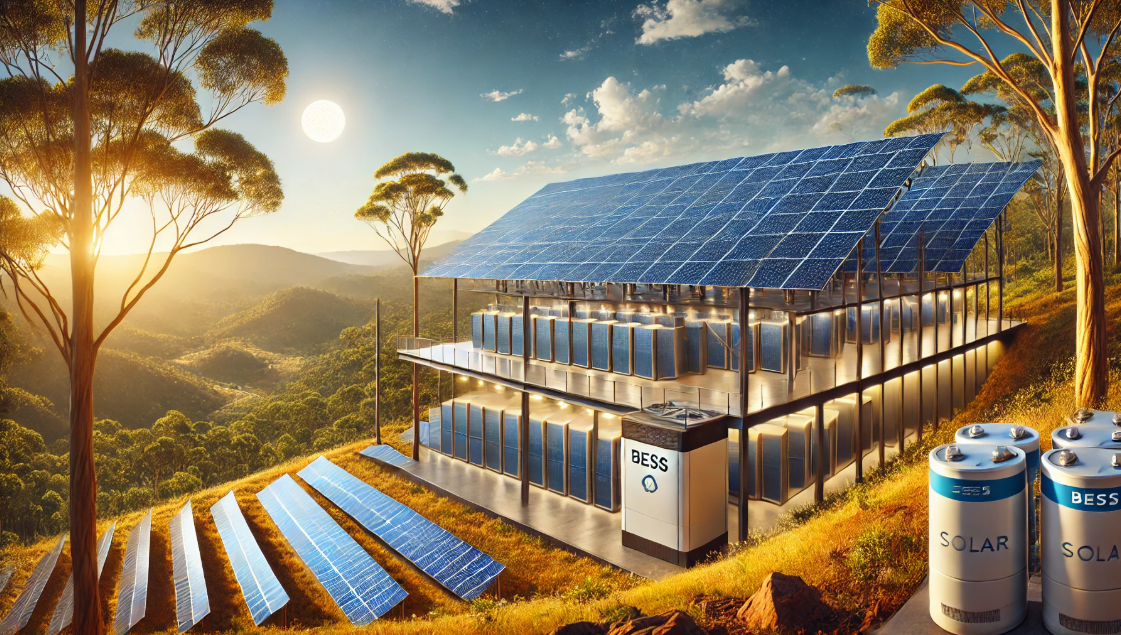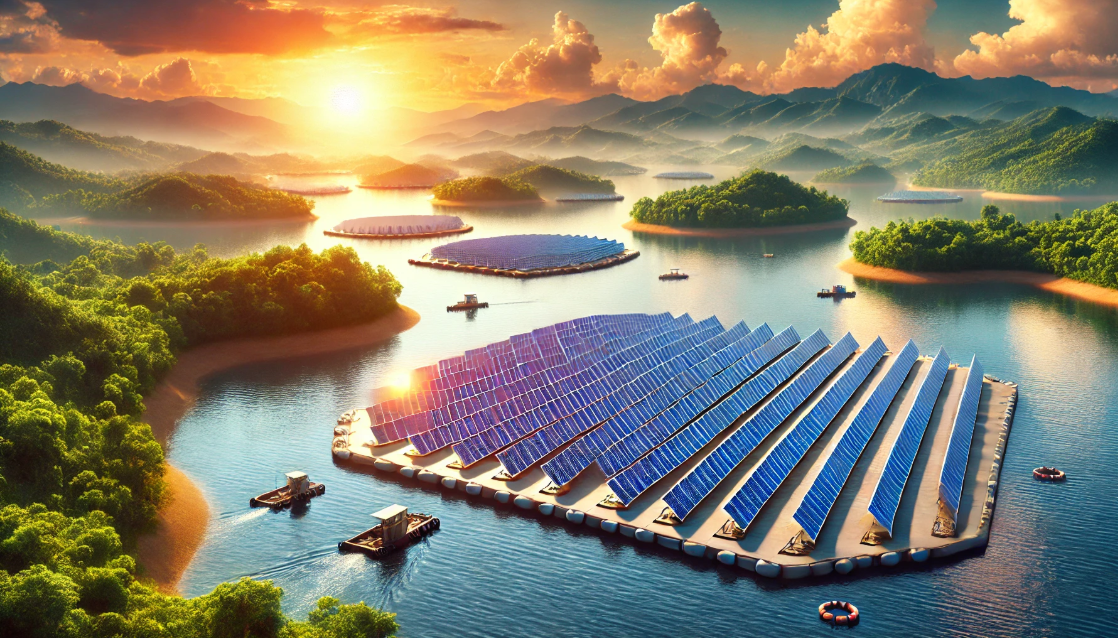Solarvest Holdings Berhad has achieved a remarkable milestone, announcing a record gross profit of RM55.2 million, fueled by declining solar panel costs and strategic growth in green energy solutions. This impressive achievement underscores the company’s leadership in Malaysia’s renewable energy sector and its commitment to driving sustainable growth.
For the six-month period ending 30 September, Solarvest reported its highest-ever first-half net profit of RM17 million, marking a 22.7% year-on-year increase from RM13.9 million during the same period last year. The momentum continued into the second quarter, with a net profit of RM9.2 million—a 28.1% jump compared to RM7.2 million in the previous year’s corresponding quarter. These gains were attributed to improved profit margins in the commercial and industrial segments, bolstered by reduced solar panel costs and strong electricity sales.
Despite a softer revenue figure of RM103.9 million for the second quarter compared to RM139.9 million last year, the decline was expected due to the completion of large-scale solar (LSS4) projects that were actively ongoing in the previous year. However, Solarvest has already begun new large-scale solar projects under the Corporate Green Power Programme, which are anticipated to significantly boost revenue in upcoming quarters.
Solarvest’s strategic diversification of its revenue streams has been a key factor in its sustained growth. By expanding recurring income through innovative green energy solutions, the company has solidified its position in the renewable energy market. Its core engineering, procurement, construction, and commissioning (EPCC) segment remains the primary driver of revenue, reflecting its expertise and leadership in delivering large-scale solar solutions.
The company’s ability to adapt to shifting market conditions, coupled with its focus on cost efficiency and innovation, has propelled its financial performance to new heights. Solarvest’s strong results serve as a testament to its strategic vision and its role in powering Malaysia’s transition to a greener future. #Solarvest #RenewableEnergy #GreenEnergy #SolarPower #Sustainability #CleanEnergy #Malaysia #CorporateGreenPower #SolarInnovation #EnergyTransition










